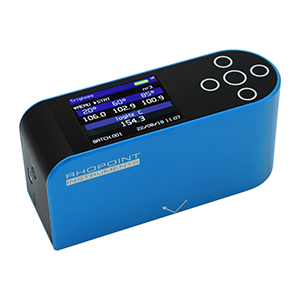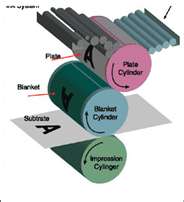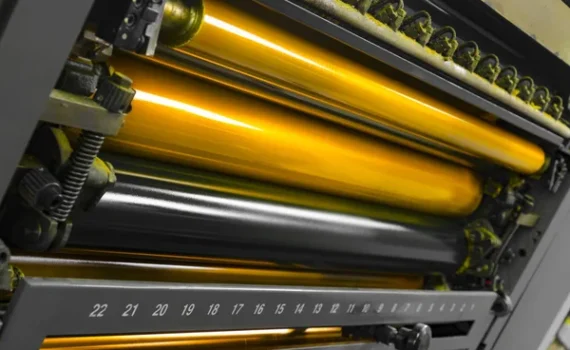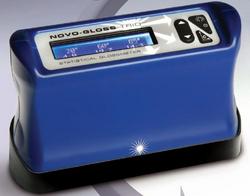
Aqueous coatings ( water-based varnishes) are used from commercial printers for a long time giving benefits to final product and to printers in a way of higher gloss of printed product, better rub resistance, smoother feel (elimination or reduction of spray powder), and faster handling of the printed work. Basic […]








